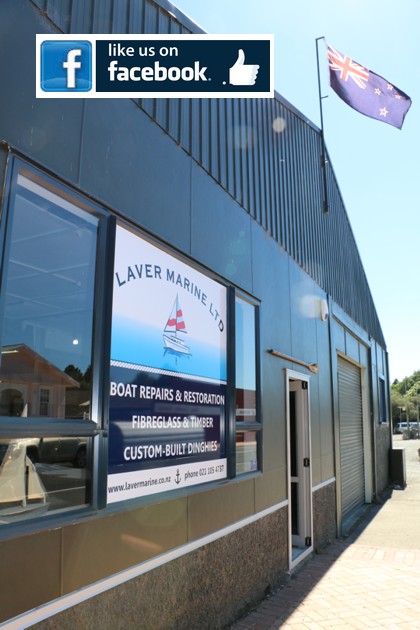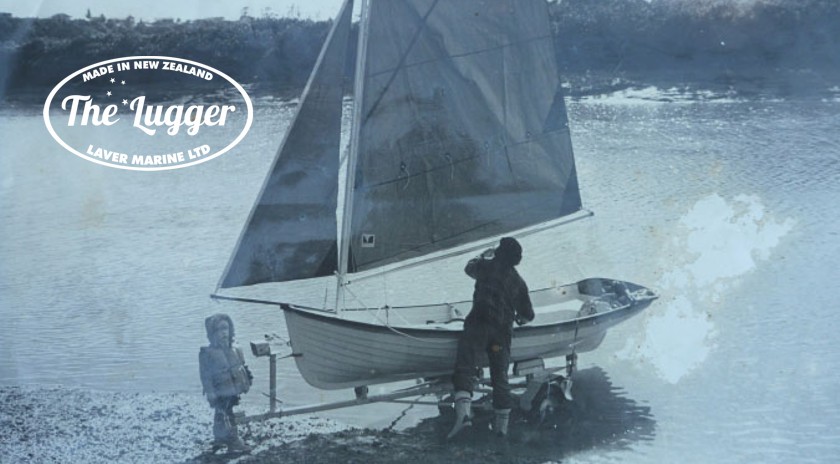The history of our boat names
A few customers have been curious as to the origin of the names we use to identify our different models; The Teddington, The Romney, The Putney and the Shepperton.
If you are from the U.K you may well recognise these as names relating to the River Thames. Locks or relative places. Being from London, with a lot of family history there, it is a bit of a shout out to my origins.
The Putney and the Teddington were originally English boats brought out to New Zealand many years ago. Moulds were reportedly taken from the original wooden craft and then changed over the years. When we acquired the moulds we changed them yet again and redesigned the interior fit-out.
The Romney is a New Zealand design, originally built as a ‘Nova Craft’. We acquired a somewhat wrecked mould, built a boat from it, re-faired the hull and took a new mould from that. Again we redesigned the interior fit out to have more buoyancy and added teak trim.
The Shepperton mould was acquired in 2016 in a deal made with a handshake. Build me the first boat and you can have the moulds said Barry. Done deal! And so, like stray cats, these beautiful boats keep arriving by chance. We love rejuvenating them, building and mucking about in them.
The Lugger We have recently acquired this sailing dinghy, which has a history of its own.
Back in Port Chalmers a couple of old beer loving sea-dogs in their 80’s were in the habit of regularly frequenting their local bar, to yarn and brag to each on their respective skills as boat builders and champion rowers. One of these guys was Jack Niewstub but the name of the other bloke has been lost to the mists of time. The two guys challenged each other to an annual rowing race in various craft of their own creation.
Around about 1970 Jack Niewstub won the race. This got the attention of Dunedin businessman Jack Shacklock, of Shacklock Stoves. He commissioned Niewstub to build him a replica of the race winning boat. Jack Shacklock also had a business interest in the Dunedin fibreglass factory Gardeners and this firm took a very rough mould of Jack Shacklock’s boat.
Jack Shacklock later retired and moved to Nelson, where he also became the first Commodore of the Tasman Bay Cruising Club. The year was about 1978. Following discussions with Stuart Walker of Walker Marine, Jack got into talks with Grahame Sisson, the well known kayak builder, who used to manufacture boats in Nelson. Jack Shacklock decided he wanted a lighter dinghy, so he came to a deal with Grahame. Grahame would build Jack a new fibreglass hull in exchange for ownership of the rough mould and rights to the design.
Grahame Sisson was not too impressed with the planking of the original wooden boat, concluding that “the boat builder had been having too much Speights!” Grahame and his guys at Sisson Industries spent hundreds of man hours working on the plank-lines and making everything as it should be. So far only a rowing boat had been created but Stuart Walker's brother Ian took an interest and came up with a spritsail rig, similar to one that had caught his eye in the classic book 'Skiffs and Schooners' by R D Cullen. Grahame and (in his words) “a group of fizz-boaters, with a little input from North Sails” came up with the original layout and sail-plan.
Despite realising that the boat wasn't a true “Lugger” Grahame and Stuart decided to brand the dinghy the “Lugger”. It was a name that reflected that the boat was made in Nelson and of a classic design. From the “plug” Grahame and his loyal employee Tim McDowall created the mould set and during the 1980's produced about 200 hulls with many ending up in Australia.
In the early 1990’s Sisson Kayaks (previously Sisson Industries) sold off all their non-kayak moulds and the Lugger mould was sold to Peter Smith, the founder of Richmond Fibreglass. From there the mould ended up with Walker Boatbuilding and was mothballed for a while. Grahame and Tim McDowell are still friends today. Grahame now (2011) lives at Anakiwa in the Marlborough Sounds. His own Lugger remains his favourite boat. "So easy, so much fun."
2009 saw Chris Roff putting the Lugger back into production. Chris sailed with his wife from the UK to NZ, where thay have settled. Looking for a suitable sailing dinghy in which to teach his kids to sail Chris chanced upon the Lugger mould. Chris bought the mould and the design rights from Richard Walker and after building a boat for himself has continued to produce Luggers for an increasingly enthusiastic market. Consultation with John Leydon of Doyle Sails led to redesigning the rig and internal layout for improved sailing performance. This has also made the boat quicker to set up and easier to sail with kids, due partly to the raised boom height. The Lugger still retains all its traditional appearance and is arguably even prettier than before. It also goes upwind a lot better!


